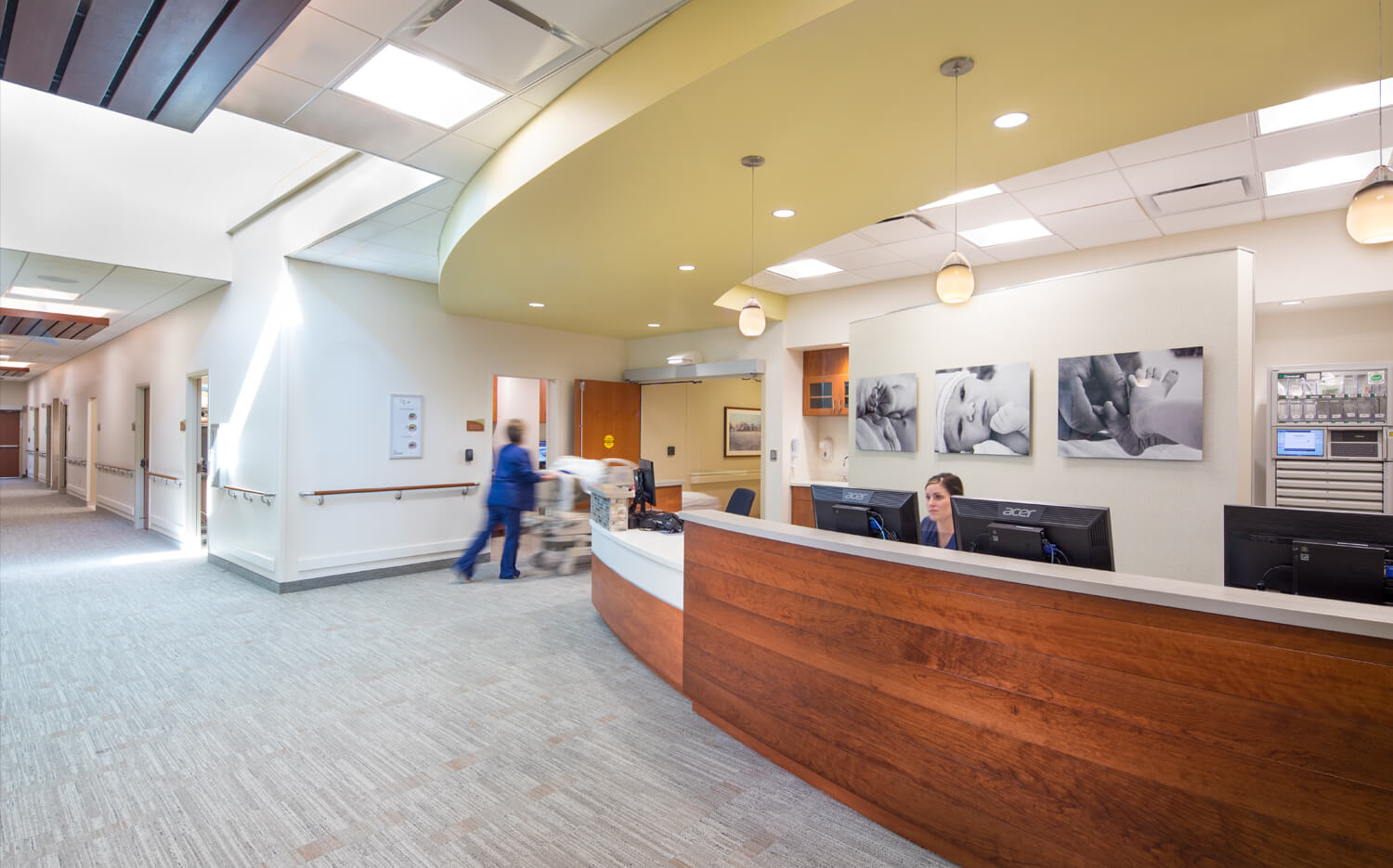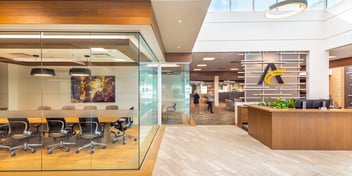
It's good to stay up-to-date with the latest trends in healthcare design. Trends can serve as a guiding or inspirational force on your design decisions. And they can help keep your space relevant by giving you a better understanding of the direction that the industry is headed. But it's easy to focus too much on the
do's than the
don'ts – to get distracted by all the shiny objects and cool ideas, while glazing over the not-so-glamorous principles of healthcare design that will ultimately make or break your space. So let’s go back to the basics and cover 3 mistakes to avoid in your healthcare architecture.
1. Don't Follow Trends Blindly.
There's a time and a place for trends – it's important that trends aren't making your design decisions for you. First, be aware of your own unique set of needs. Then look to trends. It's easy to look at the top healthcare architecture trends and throw them into your designs. However, you can't use trends as a replacement for good judgment. Just because it's working for someone else, doesn't mean it's going to work for you. We suggest you first look at your patients and staff to decide what sorts of perks and trends you could deliver through your design to most benefit them. Of course there's absolutely nothing wrong with staying up-to-date with the latest trends – just don't let them make your decisions for you.
2. All Space Should be Usable.
Never sacrifice functionality for aesthetics. Real estate isn't cheap, so why create a healthcare space that doesn't maximize its usability? Of course you want your spaces to look nice, but you should never have to give up functionality for design. An ideal design will balance the two. If your ultimate goal is to improve patient experience and employee productivity, then it only makes sense that you'll need to find a middle ground between aesthetics and functionality. If you design with wellness and quality of life in mind, these decisions will feel very natural.
3. A Design Element is not a Strategy.
It’s easy to get wrapped up in the physical elements of healthcare design and start listing off all the interesting, exciting aspects of other healthcare facilities you've seen. But a design element doesn’t define your overall strategy. It's a good idea to first start with the strategies and goals you want your facility to meet. Then move on to how physical elements can help facilitate those goals. We're not suggesting you ignore ideas you like, but before you make any concrete decisions, simply decide whether it serves your overall strategy. For example, if one of your strategies is to make patients feel a bit more comfortable throughout their stay, a corresponding design element might be warm and inviting paint color instead of more traditional, sterile choices. What are the major goals you want your facility and its various areas to achieve? Better comfort for patients? A better working environment for staff? A combination? Think about those things first, and stem the design decisions from there. This way every design element supports your higher level goals and sets you up for success.
Staying True to Your Needs
These may not be groundbreaking discoveries, but following these principles will help ensure your designs stay on the right track and your facility meets
your needs, not somebody else's. If you're interested in learning more or want to talk with someone about your future facility needs, get in touch with us today! We'd love to discuss your vision.



